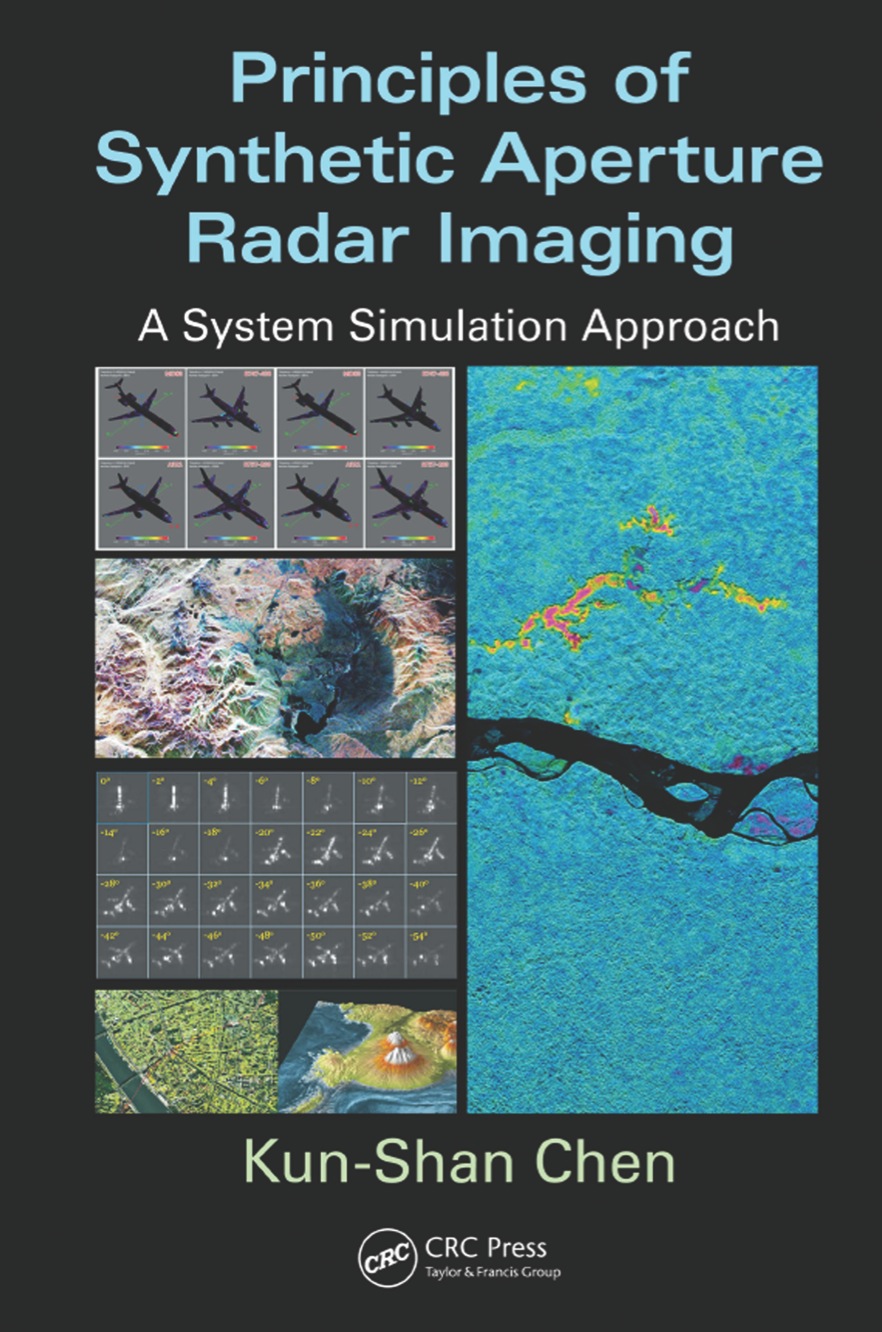Principles of Synthetic Aperture Radar Imaging: A System Simulation Approach demonstrates the use of image simulation for SAR. It covers the various applications of SAR (including feature extraction, target classification, and change detection), provides a complete understanding of SAR principles, and illustrates the complete chain of a SAR operation. The book places special emphasis on a ground-based SAR, but also explains space and air-borne systems. It contains chapters on signal speckle, radar-signal models, sensor-trajectory models, SAR-image focusing, platform-motion compensation, and microwave-scattering from random media. While discussing SAR image focusing and motion compensation, it presents processing algorithms and applications that feature extraction, target classification, and change detection. It also provides samples of simulation on various scenarios, and includes simulation flowcharts and results that are detailed throughout the book. Introducing SAR imaging from a systems point of view, the author: Considers the recent development of MIMO SAR technology Includes selected GPU implementation Provides a numerical analysis of system parameters (including platforms, sensor, and image focusing, and their influence) Explores wave-target interactions, signal transmission and reception, image formation, motion compensation Covers all platform motion compensation and error analysis, and their impact on final image radiometric and geometric quality Describes a ground-based SFMCW system Principles of Synthetic Aperture Radar Imaging: A System Simulation Approach is dedicated to the use, study, and development of SAR systems. The book focuses on image formation or focusing, treats platform motion and image focusing, and is suitable for students, radar engineers, and microwave remote sensing researchers.
Principles of Synthetic Aperture Radar Imaging 1st Edition by Kun-Shan Chen and Publisher CRC Press. Save up to 80% by choosing the eTextbook option for ISBN: 9781466593152, 1466593156. The print version of this textbook is ISBN: 9781466593145, 1466593148.











